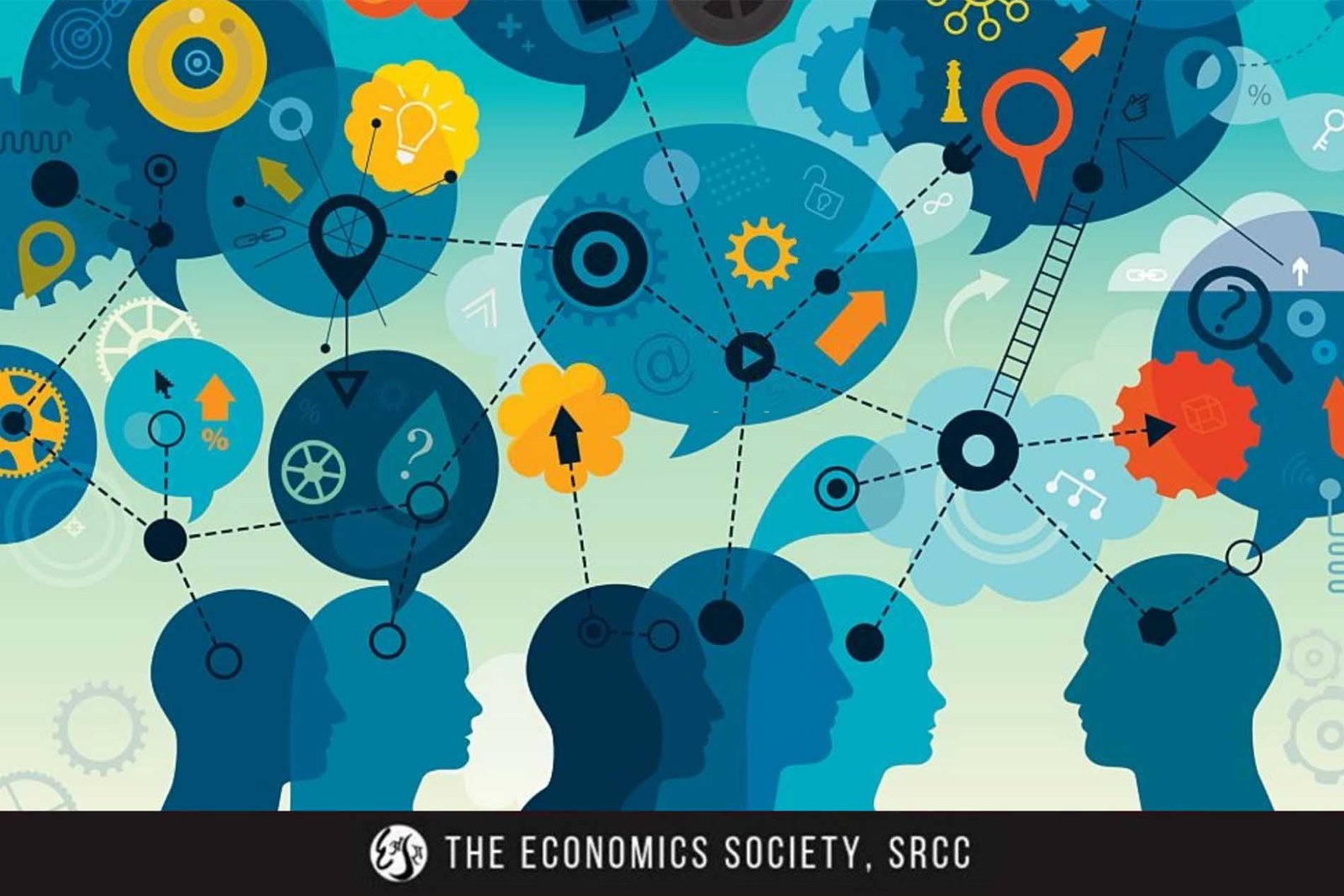
CeLevitt & Dubner’s Freakonomics

Following is the chapter-wise summary of the book “Freakonomics” by Steven Levitt and Stephen Dubner.
Chapter 1: What do schoolteachers and Sumo wrestlers have in common?
In this chapter, the authors lay great emphasis on incentives and the response of people to the various incentives: economic, social and moral. Incentives are the means of urging people to do more of a good thing and less of a bad thing. The authors believe that Economics is, at the root, the study of incentives. To elaborate upon the different incentive structures involved in different situations, 3 case studies are included in the chapter. The first case looks at how some teachers in the Chicago Public School System, in a response to the No Child Left Behind Law, manipulated the standardised test results of their students. The law rewarded schools that outperformed other schools in their overall test scores. The cheating teachers were detected by developing a computer algorithm which could detect suspicious patterns in the answers of students of a class. Similarly, analysis is provided in the chapter that provides substantial evidence to establish the fact that Sumo matches in Japan are rigged when the stakes are really high. Finally, the data collected by an entrepreneur with a bagel business reveals that even when the gains involved in cheating are low, people do resort to cheating.
Chapter 2: How is the Ku-Klux clan like a group of Real-Estate agents?
This chapter deals with the importance of information and how the relative access to information determines many outcomes. This has been done by talking about the Ku-Klux clan and real estate agents. The chapter describes how the clan came into existence, its enemies (blacks, Jews and Catholics) and how it began to exercise considerable amount of influence. The discussion that follows shows that the dissemination of nearly all of the clan’s secrets in the public domain took away much of the power that the clan previously enjoyed. As its information advantage eroded, the clan crumbled. The second part of the chapter focuses on how informational asymmetries in favour of the experts lands them in a position of advantage. The authors take the case of real-estate agents to illustrate their point of view. Real estate agents have a better knowledge of the prevailing housing market conditions. Capitalising on their superior knowledge, they convince the buyers and sellers to accept deals that are in their own best interests rather than their clients’ best interests. The authors have also analysed as to how the best interests of the clients and their agents are often not aligned.
Chapter 3: Why do drug dealers still live with their moms?
This chapter focuses on conventional wisdom, and how in many circumstances conventional wisdom might not be true. One such wisdom is, as the authors analyse in the chapter, the wisdom that most drug dealers are wealthy. This conventional wisdom or myth is dispelled by following the story of Sudhir Venkatesh, a Sociology student. Sudhir acquired detailed financial reports from The Black Disciples, a Chicago “crack gang”. These reports proved that the street level dealers earned, on an average, a meagre 3$ per hour, which is much less than even the minimum wage in the U.S. Thus, the perception that drug dealers are wealthy is proven false.
Chapter 4: Where have all the criminals gone?
The main theme of this chapter is about drawing the line between correlation and causation. This has been done by systematically examining the plausible explanations offered by America’s leading newspapers and see whether they are commensurate with the data available. Some of the possible reasons mentioned in the chapter are: • tougher gun laws • number of police officers per capita • innovative policing methods • increased use of capital punishment A systematic examination of these factor shows that a correlation existed between these factors. However, no cause and effect relationship could be established. The most important factor contributing to the sharp decline in the crime rate in mid 1990s, in the authors’ opinion, is the legalisation of abortion that happened in the United States as a result of the landmark Roe vs. Wade judgement. This conclusion by the authors is based on the number of abortions that took place after the judgement, the characteristics of criminals and the characteristics of the women most likely to get an abortion. This conclusion is also supported by the fact that after abortion was banned in Romania, the children born in the wake of the abortion ban were much more likely to become criminals than the children born earlier.
Chapter 5: What makes a perfect parent?
In this chapter, regression analysis has been used to figure out the impact of various demographic, cultural and other variables on the performance of students. This analysis shows that genetics plays a much larger role than it is thought to play. On an average, black children score less than white children. However, when holding all other variables constant (e.g. incomes, school quality etc.), a child’s race does not determine its financial future. The factors that are strongly correlated to a child’s test score performance in the US:
1) Educated parents
2) Parents have high socioeconomic status
3) Mother was 30 or older at the time of her child’s birth
4) Low birth weight (negative factor)
5) Parents speak English in the home
6) Child is adopted (negative factor)
7) Parents are involved with the PTA
8) Many books in the home
By Mridul Dawar.


